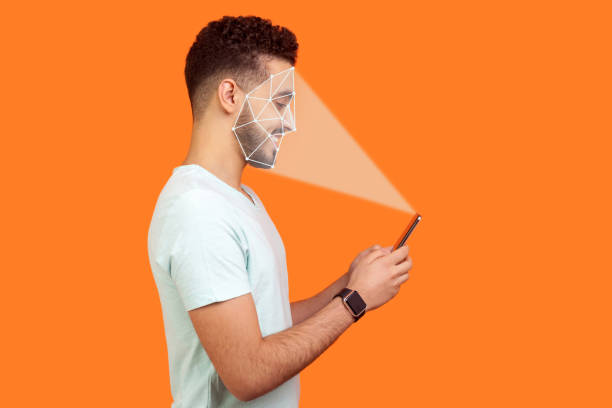It shouldn’t be weird to hear that has been proven that APIs have empowered efficiency and speed up work in various areas and companies.
In the banking and finance industry, for example, facial verification APIs can help automate the customer onboarding process by quickly verifying the identity of applicants, reducing the time required for manual verification.
Also, the healthcare industry uses facial verification APIs can enhance patient safety by accurately verifying the identity of patients, ensuring that they receive the appropriate treatment.
Facial verification APIs can also be used in security and access control, where they can quickly and accurately verify the identity of individuals. This can enhance security by reducing the risk of unauthorized access to sensitive areas or information.
Overall, facial verification APIs can improve efficiency and speed up work in a variety of areas and industries, from customer onboarding to healthcare and security. By automating identity verification processes, businesses can streamline workflows, reduce manual labor, and ultimately provide better service to their customers.

What Do You Need To Start Using A Face Verification API?
To use a face verification API, you typically need access to a device with a camera, as well as an internet connection. Additionally, some providers may require you to have a database of known faces for comparison purposes.
To quickly experience the features of a facial verification API, you can sign up for a trial account with a provider. In this case, we will be using Face Comparison Validator API, from ZylaLabs API Hub.
This will allow you to experiment with the API’s features and integration options without committing to a paid subscription. Additionally, offer detailed documentation and support resources to help you get started quickly and easily.
By following these resources, you can integrate the API into your system and begin automating identity verification processes in no time.
Now let’s do a little example, with this API request, you can compare two photographs from an URL, and the AI will handle the rest.
This item will show if “the two faces belong to different people” or “the two faces belong to the same person” (in the case of a face match), and provides the following response:
{
“statusCode”: 200,
“statusMessage”: “OK”,
“hasError”: false,
“data”: {
“resultIndex”: 0,
“resultMessage”: “The two faces belong to the same person. “,
“similarPercent”: 0.9042724605108994
},
“imageSpecs”: [
{
“leftTop”: {
“isEmpty”: false,
“x”: 718,
“y”: 195
},
“rightTop”: {
“isEmpty”: false,
“x”: 356,
“y”: 176
},
“rightBottom”: {
“isEmpty”: false,
“x”: 337,
“y”: 538
},
“leftBottom”: {
“isEmpty”: false,
“x”: 699,
“y”: 557
}
},
{
“leftTop”: {
“isEmpty”: false,
“x”: 859,
“y”: 160
},
“rightTop”: {
“isEmpty”: false,
“x”: 511,
“y”: 111
},
“rightBottom”: {
“isEmpty”: false,
“x”: 462,
“y”: 459
},
“leftBottom”: {
“isEmpty”: false,
“x”: 810,
“y”: 508
}
}
]
}To start using it, you must first complete the following steps:

1- Go to Face Comparison Validator API and select “START FREE TRIAL” to get started with the API.
2- You will be issued your personal API key after registering with Zyla API Hub.
3- This endpoint will receive the image URL and provide the results of the comparison. You’ll be able to tell if the two photographs are of the same person.
4- Once you’ve found the required endpoint, execute the API request by clicking the “run” button and viewing the results on your screen. And that’s it, super easy, right?
Related post: How To Use A CC Checker API To Recognize The Issuing Bank Of Any Card

